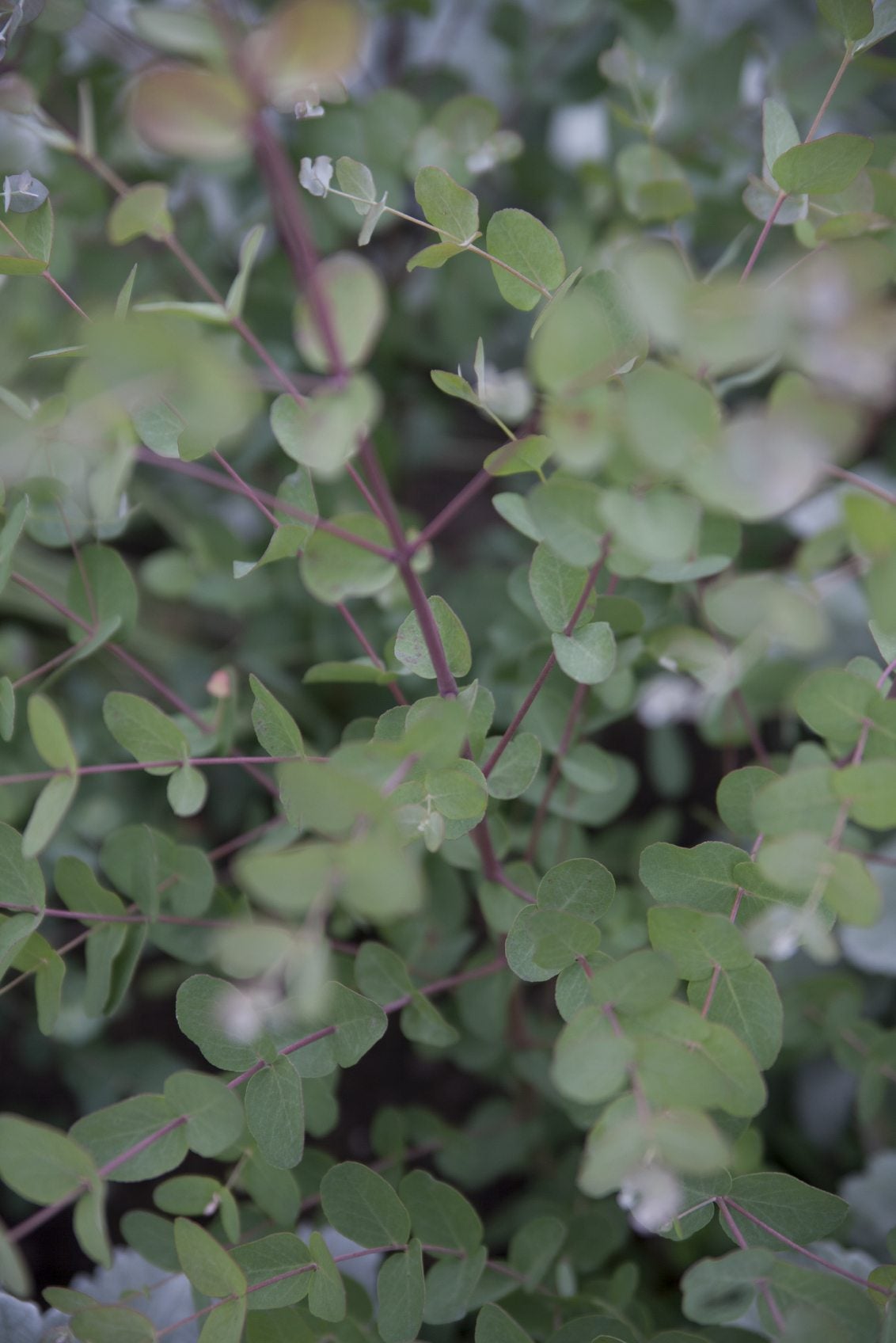Eucalyptus Tree Types: Popular Varieties Of Eucalyptus For Landscapes


Eucalyptus (Eucalyptus spp.) are native to Australia, but the quick-growing trees have been cultivated around the world for their attractive peeling bark and fragrant foliage. Although more than 900 species of eucalyptus trees exist, some are more popular than others in the United States. Read on for information about popular eucalyptus tree types.
Eucalyptus Tree Identification
Trees of the genus Eucalyptus come in all sizes, ranging from short, bushy varieties to soaring giants. All share the pungent aroma for which their leaves are famous, as well as exfoliating bark. These are the qualities that facilitate eucalyptus tree identification. Eucalyptus trees grow fast and generally live a long time. The many different species fall into several eucalyptus tree types.
Mallet Types of Eucalyptus Trees
You can divide eucalyptus tree types into categories related to their growth patterns. Some types of eucalyptus trees have only one trunk and notable space between branches. These open-branched forms are terms “mallet” eucalyptus tree varieties. Recognize mallet eucalyptus tree varieties by the way the branches angle upward from the tree trunk, allowing light to filter between them. Two popular mallet varieties are the sugar gum tree (Eucalyptus cladocalyx) and the red-spotted gum tree (Eucalyptus mannifera). Both grow to about 50 to 60 feet tall (15-18 m.) and thrive in the warmer USDA plant hardiness zones 9 through 10.
Marlock Eucalyptus Tree Varieties
Other varieties of eucalyptus trees offer denser foliage that often grows nearly to the ground. These types are termed “marlock” varieties. If your tree is about 35 feet tall (11 m.) and offers lime-colored flowers and oval leaves, it is probably a marlock called round-leafed moort (Eucalyptus platypus). This tree is hardier than most eucalyptus tree varieties, growing happily in USDA zones 7 through 8.
Mallee Eucalyptus Tree Types
When it comes to eucalyptus tree identification, remember that shorter versions look more like shrubs than trees. These are termed “mallee” types of eucalyptus. If your tree is under 10 feet (3 m.) tall, it is likely a mallee. Recognize this type by its many stems and bushy appearance, as well as its height.
Problems with Some Eucalyptus Tree Varieties
Some types of eucalyptus trees are invasive. This means that they escape cultivation and grow in the wild, shading out native plants. Blue gum (Eucalyptus globulus), for instance, is one such variety. Another problem with eucalyptus trees is the fact that their leaves, full of pungent oils, can make them fire hazards when planted in groups or forests.
Gardening tips, videos, info and more delivered right to your inbox!
Sign up for the Gardening Know How newsletter today and receive a free copy of our e-book "How to Grow Delicious Tomatoes".

Teo Spengler is a master gardener and a docent at the San Francisco Botanical Garden, where she hosts public tours. She has studied horticulture and written about nature, trees, plants, and gardening for more than two decades. Her extended family includes some 30 houseplants and hundreds of outdoor plants, including 250 trees, which are her main passion. Spengler currently splits her life between San Francisco and the French Basque Country, though she was raised in Alaska, giving her experience of gardening in a range of climates.
-
 8 Perfect Flowers To Plant With Tomatoes To Boost Yields & Banish Pests
8 Perfect Flowers To Plant With Tomatoes To Boost Yields & Banish PestsDon’t forget flowers when choosing companion plants for your tomato beds or pots. These pretty, fragrant blooms add beauty but are also highly beneficial.
By Mary Ellen Ellis
-
 Want The Longest Lasting Hydrangea Flowers? Grow These 8 Panicle Hydrangea Varieties
Want The Longest Lasting Hydrangea Flowers? Grow These 8 Panicle Hydrangea VarietiesFor ornamental shrubs that deliver the longest flowering seasons with plush blooms and delicate hues, these panicle hydrangea varieties are essential in your yard
By Tonya Barnett